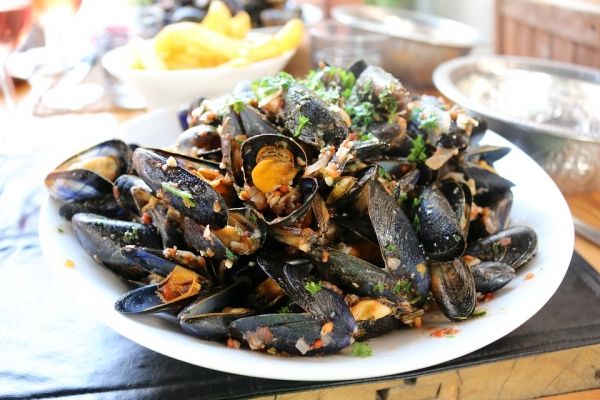"If you eat mussels, you eat microplastics." This was already known to a limited extent about mussels from individual ocean regions. A new study by the University of Bayreuth, led by Prof. Dr. Christian Laforsch, reveals that this claim holds true globally. The Bayreuth team investigated the microplastic load of four mussel species which are particularly often sold as food in supermarkets from twelve countries around the world. The scientists now present their research results in the journal "Environmental Pollution".
All the samples analyzed contained microplastic particles, and the researchers detected a total of nine different types of plastic. Polypropylene (PP) and polyethylene terephthalate (PET) were the most common types of plastic. Both are plastics ubiquitous to people's everyday lives all over the world. To make the analyses of different sized mussels comparable, one gram of mussel meat was used as a fixed reference. According to the study, one gram of mussel meat contained between 0.13 and 2.45 microplastic particles. Mussel samples from the North Atlantic and South Pacific were the most contaminated. Because mussels filter out microplastic particles from the water in addition to food particles, a microplastic investigation of the mussels allows indirect conclusions to be drawn about pollution in their respective areas of origin.
The four species of mussels sampled were the European blue mussel, the greenshell mussel, the undulate venus, and the Pacific venus clam. All of the mussels sampled were purchased from grocery stores. Some of them had been farmed while some were wild catch from the North Sea, the Mediterranean Sea, the Atlantic Ocean, the South Pacific Ocean, the South China Sea, and the Gulf of Thailand.
Read more at Universität Bayreuth
Photo Credit: PaulNI via Pixabay


